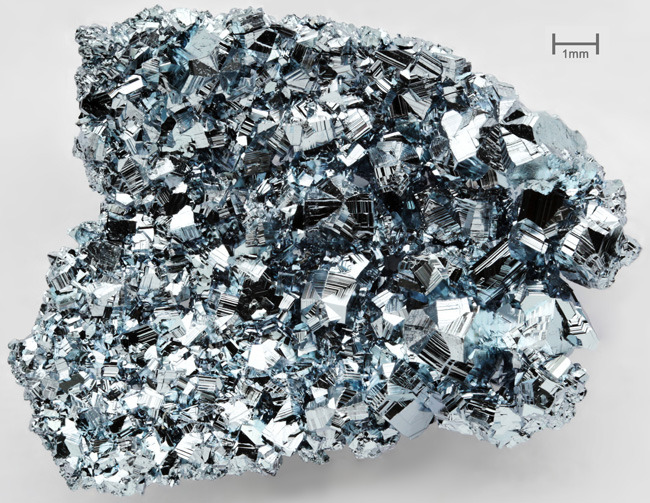

Darmstadtium is highly radioactive, so the image is based on an abstracted atomic model and trails of sub-atomic particles.
| Density | Unknown |
| Melting Point | Unknown |
| Boiling Point | Unknown |
At present, it is only used in research.
There were several attempts to make element 110 at the Joint Institute for Nuclear Research (JINR) at Dubna in Russia, and at the German Geselleschaft für Schwerionenforschung (GSI) at Darmstadt, but all were unsuccessful. Then Albert Ghiorso and his team at the Lawrence Berkeley National Laboratory (LBNL), California, obtained isotope 267 by bombarding bismuth with cobalt, but they could not confirm their findings.
In 1994, a team headed by Yuri Oganessian and Vladimir Utyonkov at the JINR made isotope-273 by bombarding plutonium with sulfur. The same year, a team headed by Peter Armbruster and Gottfried Munzenberg at the GSI bombarded lead with nickel and synthesised isotope 269. The latter group’s evidence was deemed more reliable and confirmed by others around the world, so they were allowed to name element 110.